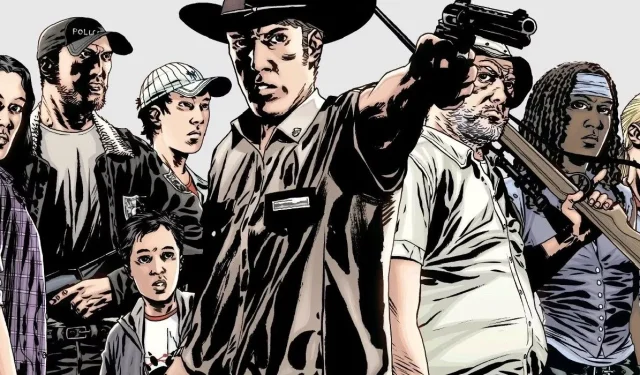
The Walking Dead is a narrative that captivates with its realistic portrayal of survival amidst a zombie apocalypse, firmly rooted in contemporary settings. However, it’s astonishing to discover that the brainchild of Robert Kirkman, Tony Moore, and Charlie Adlard initially had a vastly different scenario in mind. The original concept was far more speculative, proposing a future where society’s downfall unfolds over generations, an idea quite divergent from what fans have come to love.
In storytelling, the final product often diverges significantly from its original concepts. According to CBR, rather than being an immediate zombie apocalypse drama, Kirkman’s vision for The Walking Dead included two intriguing settings. One early notion placed the narrative in a distant future, characterized by a utopian society on Earth that would ultimately succumb to a zombie outbreak over several decades.
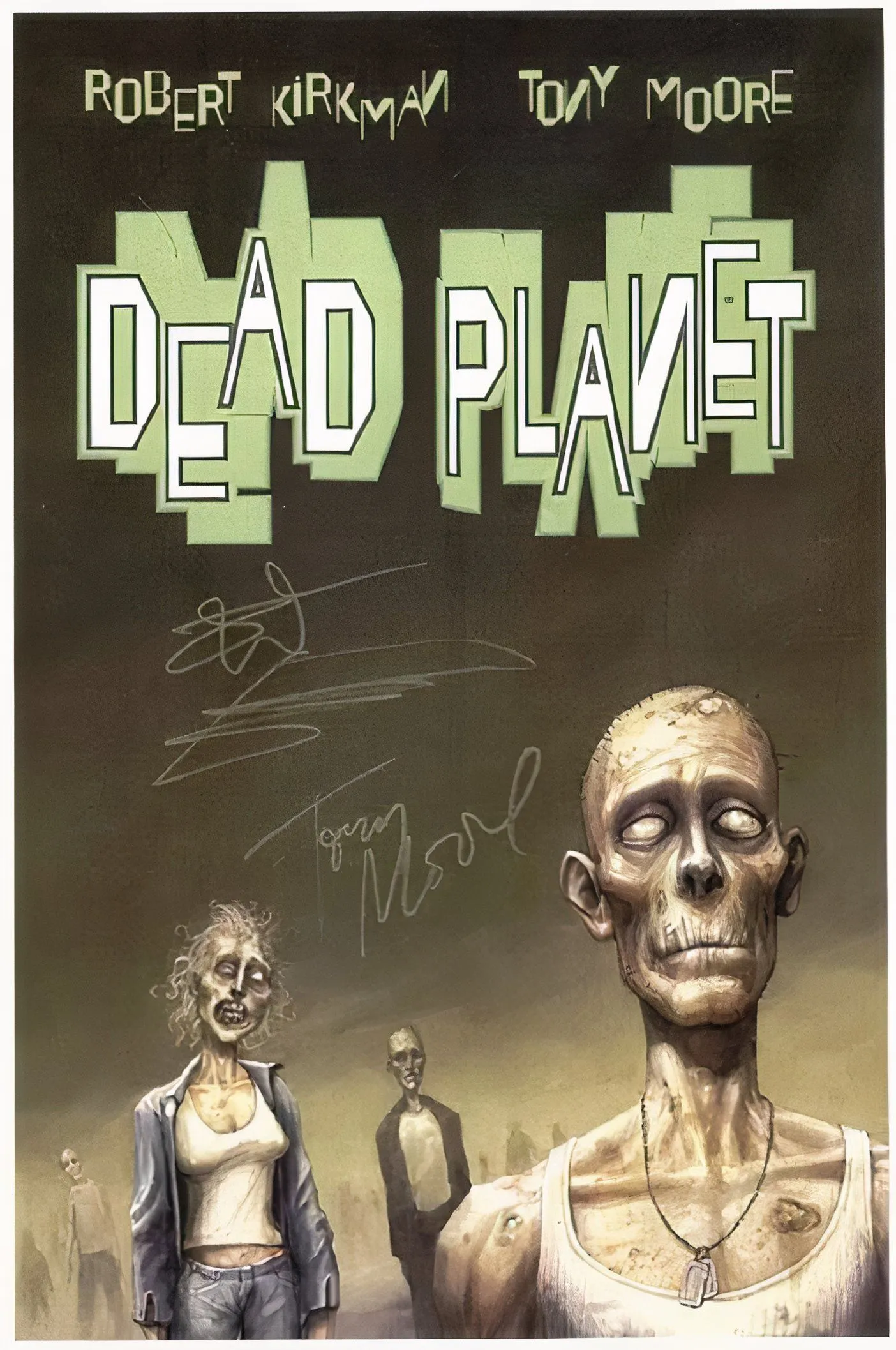
This framework would have traced the decline of an advanced civilization amidst the progression of a zombie plague, a concept that could have redefined the genre’s landscape.
The Transformation of The Walking Dead’s Narrative Setting
Character Development: The Heart of The Walking Dead
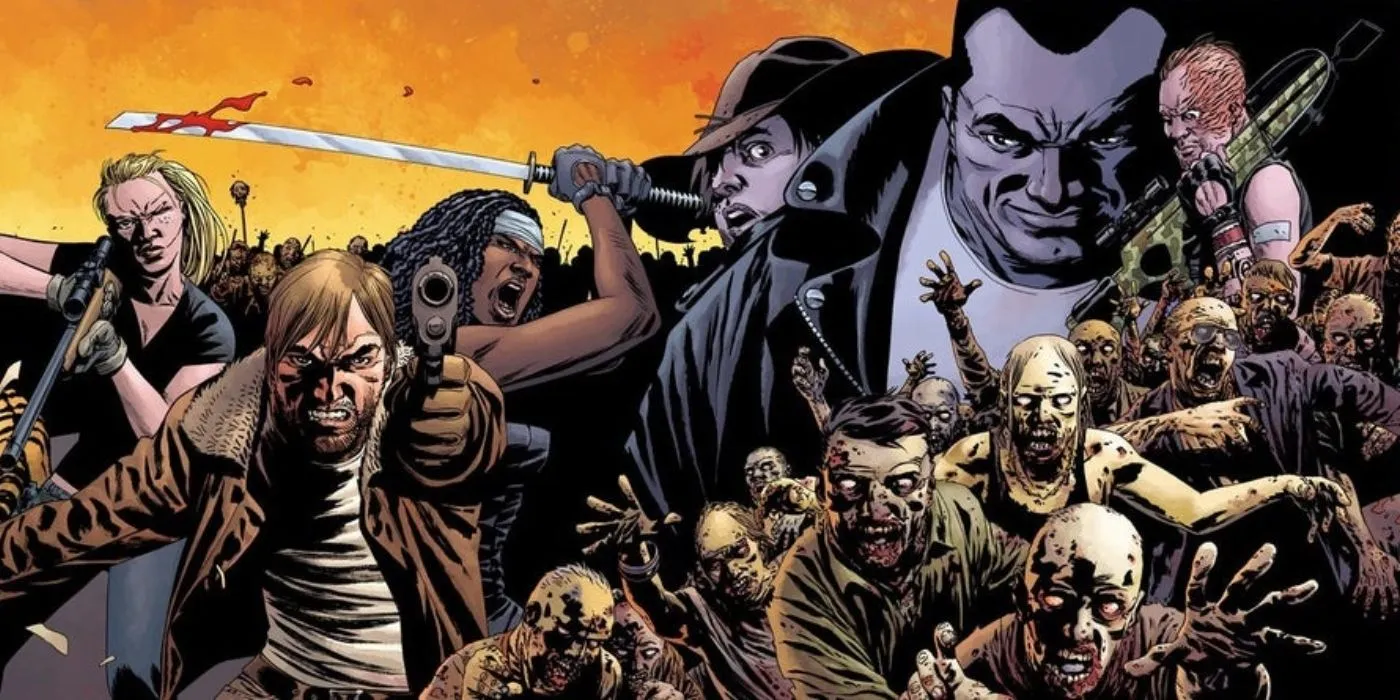
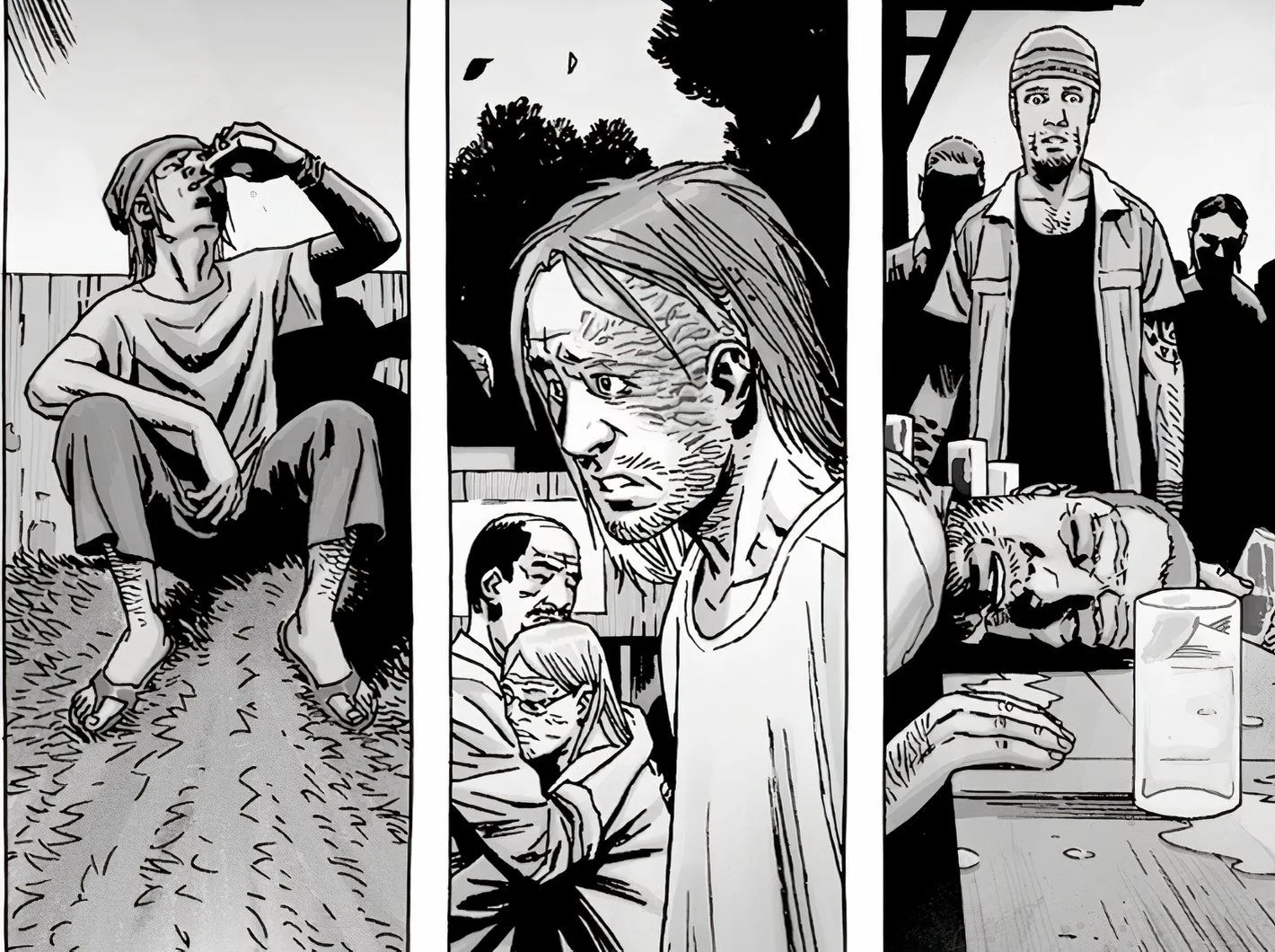

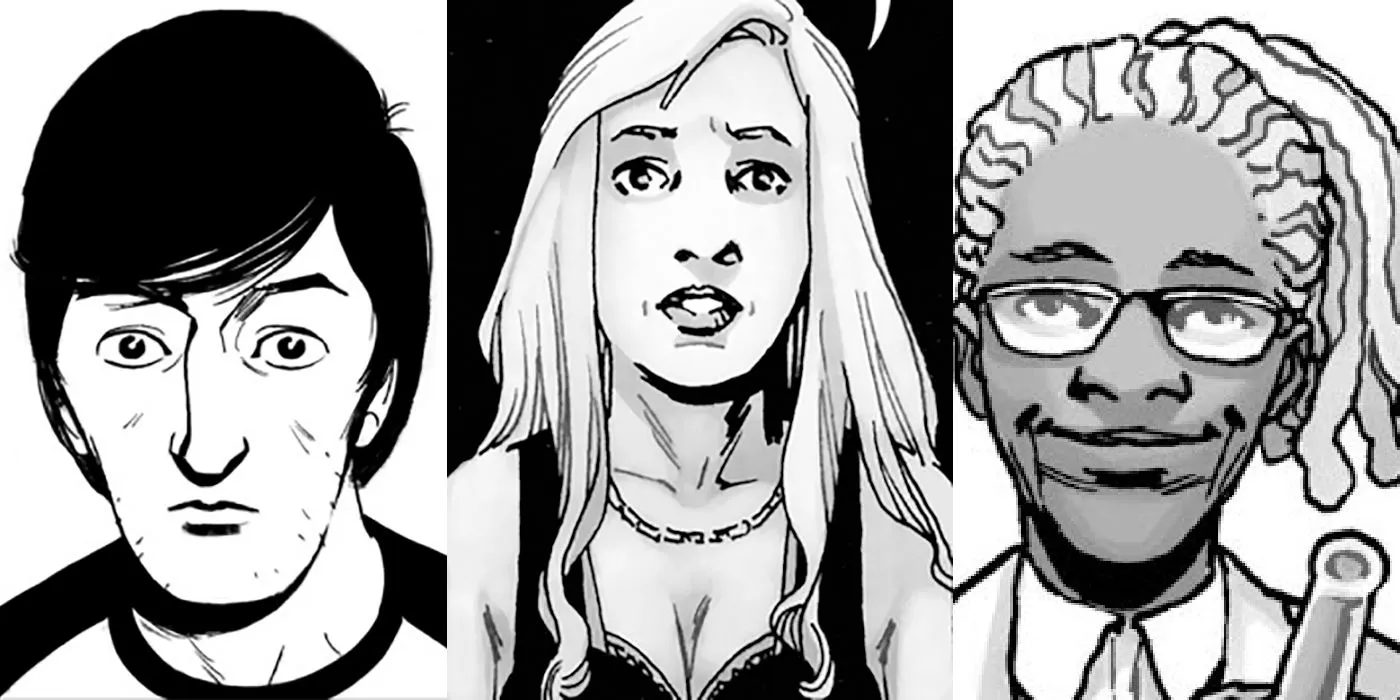
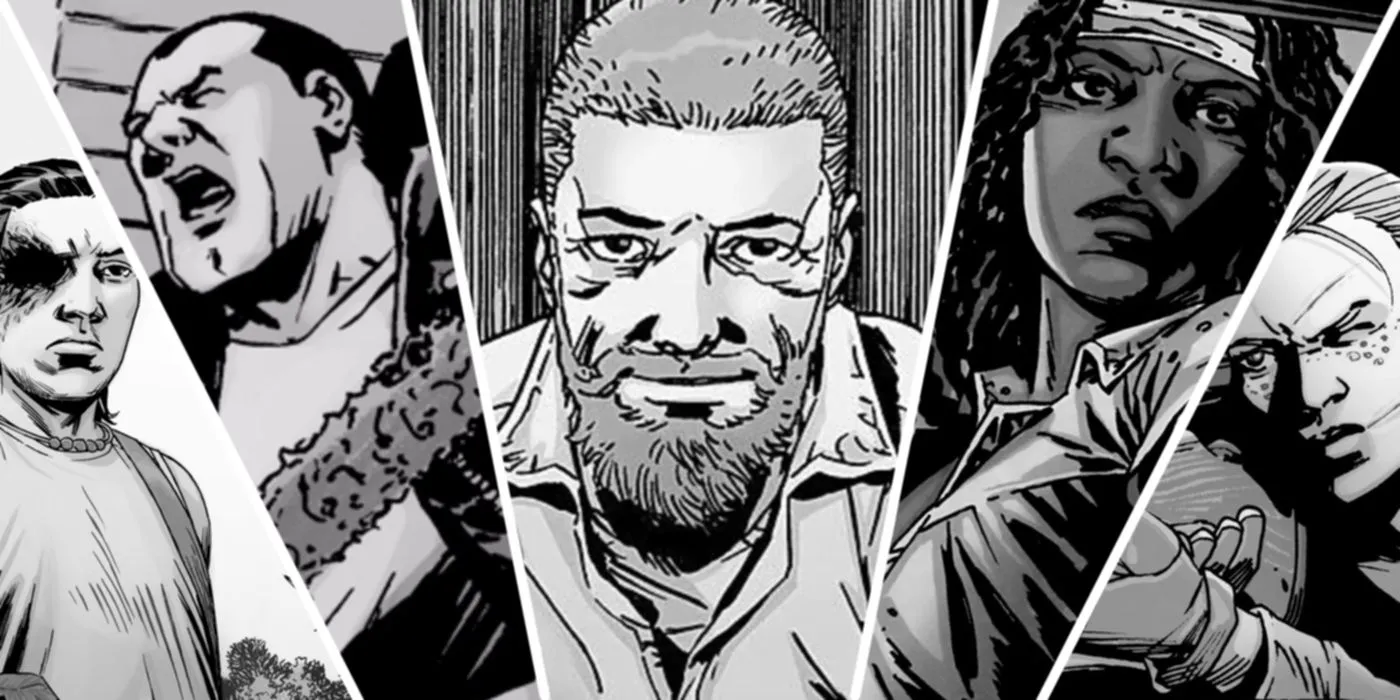
Although The Walking Dead has established itself as an iconic franchise, it’s fascinating to consider how different it could have been. The storyline primarily hinges on the quintessential theme of survival against a backdrop of apocalyptic horror. Yet, what distinguishes this series from other entries in the zombie genre is its rich character-driven storytelling. Kirkman’s original proposal suggested a unique perspective where the evolution of a society imploding under an undead invasion might have evolved distinctly, with each decade introducing new protagonists.
As Kirkman famously articulated, he viewed The Walking Dead largely as a character study. The presence of zombies was primarily a marketing necessity—a hook to engage broader audiences. Yet, the essence of the narrative focuses on character relationships, a stark contrast to prior zombie narratives fixated on grotesque mortality. This deep investment in character development is one of the key elements that set it apart.
The impact of characters like the Governor and Negan continues to resonate within popular culture. Negan’s overwhelming popularity even led to his inclusion as a guest character in the video game Tekken, highlighting the undeniable influence of these figures. Furthermore, Negan’s own spin-off series underscores how deeply ingrained these characters have become in the fandom. Rick Grimes, in particular, emerged as a television icon at the height of the series, illustrating the profound connection viewers had with him. Kirkman’s contemplation of a spin-off that focused solely on character arcs, devoid of zombie elements, reflects this character-centric ethos.
A Wealth of Ideas: Robert Kirkman’s Creative Vision
Jim: The Unused Hero of His Own Trilogy
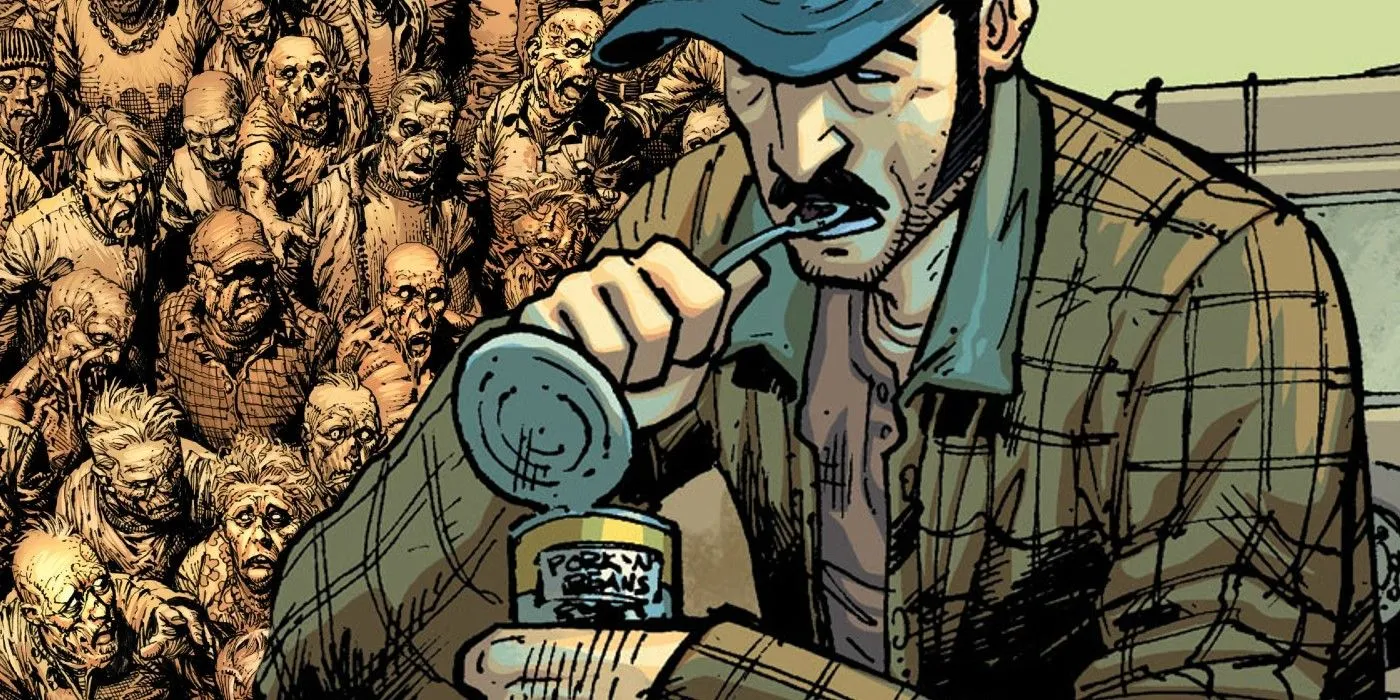
Kirkman’s imagination was brimming with concepts for the series, including an intriguing proposal titled the “Jim trilogy.”This planned narrative would have spotlighted Jim, a minor character who escapes Atlanta with his family, as he navigates life in the post-apocalyptic landscape. This trilogy would focus solely on Jim and his family, introducing an array of new characters along their journey. Such a character-driven narrative was likely to diverge dramatically from the familiar tropes of The Walking Dead, potentially making it unrecognizable to many fans.
Interestingly, Kirkman relished the idea that audiences would realize Jim’s identity yet anticipate the inevitable arrival of zombies, which would never come. Instead, the trilogy aimed to be a profound exploration of familial dynamics amid crisis, showcasing Kirkman’s strengths in character-driven storytelling.
Exploring Ideas Within The Walking Dead
The Closure of a Modern Classic
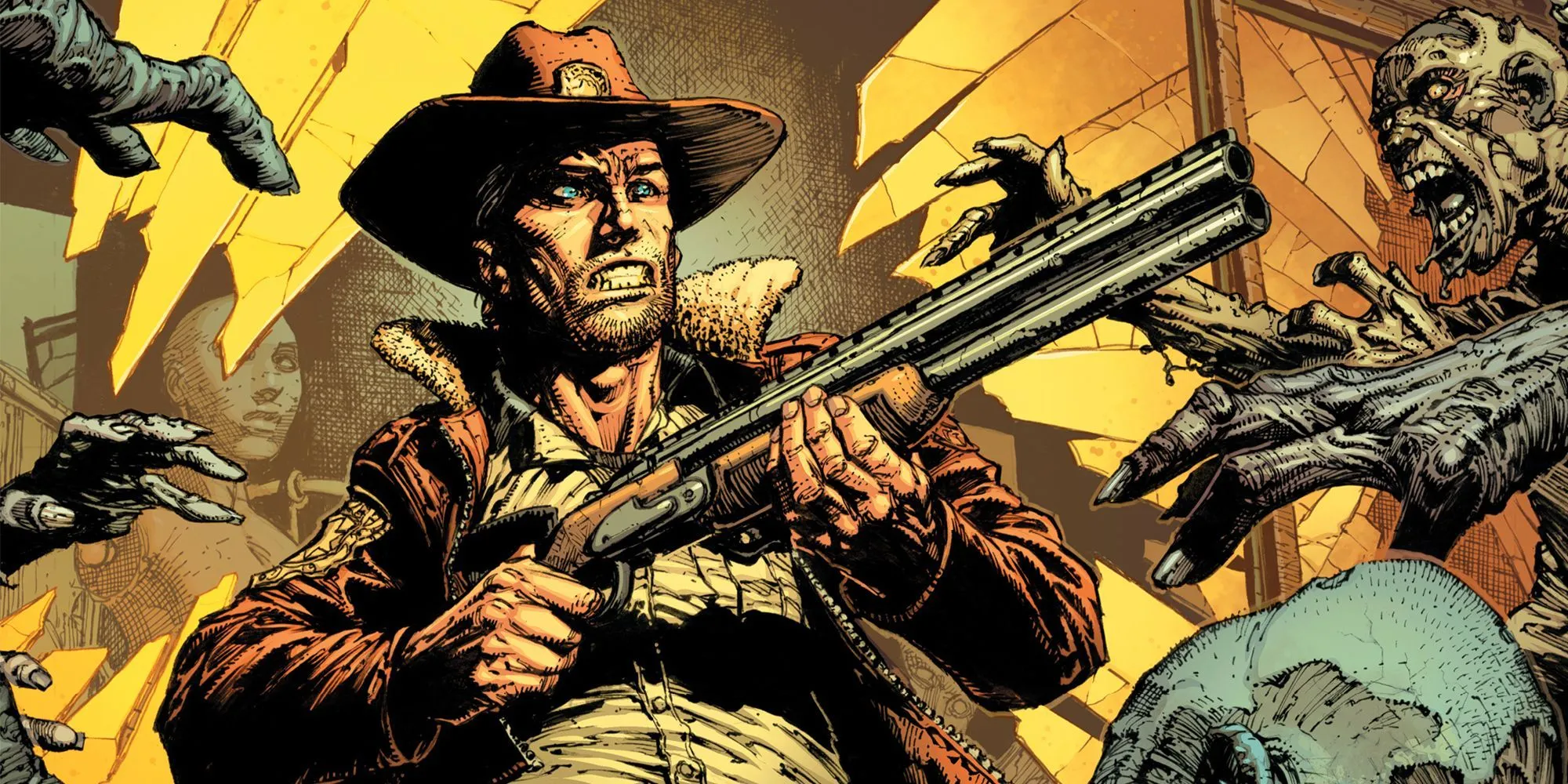
Ultimately, while The Walking Dead has solidified its place as a hallmark of zombie lore, it is compelling to reflect on how various creative directions might have altered its trajectory exponentially. Kirkman’s plethora of ideas showcased his brilliance, yet constraints on narrative cohesion and commercial viability shaped the final product. While placing The Walking Dead in a familiar modern context enhanced accessibility, it could be argued that it lacks the imaginative depth found in Kirkman’s initial vision of a futuristic civilization collapsing under the weight of a zombie apocalypse.
Despite the untapped potential within these alternate narratives, The Walking Dead retains its distinguished status in both the zombie and comic book arenas.
The Walking Dead is currently available from Image Comics!
Source: CBR




Leave a Reply